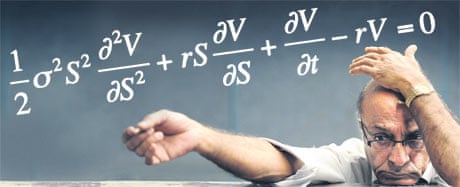MINDS offers scholarships to Africans who wish to
pursue post-graduate studies within Africa, outside of their own
countries. Through tailored leadership development activities, the MINDS
Scholarship Program aims to nurture leaders who have a continental
development mindset; leaders who will facilitate greater cohesion and
cooperation between African countries.
MINDS scholarships are applicable to full-time studies of a one or two
year Honors or Master's degree at one of the MINDS preferred
institutions (listed below). MINDS does not prescribe the course to be
studied.
The scholarship will cover some or all of the expenses below, depending on whether a partial or full scholarship is awarded:
- Tuition,
- Accommodation and meals,
- One return ticket per duration of studies,
- A fixed stipend.
Eligibility Criteria
MINDS
scholarships are awarded to meritorious applicants following a rigorous
selection process. To be considered for a MINDS scholarship, you must:
- Be a national of an African country, residing in any African country;
- Have been formally accepted by one or more MINDS preferred institution/s to pursue postgraduate studies within the following year;
- Have obtained at least 70% in each subject/ course in the last two completed years of study;
- Produce evidence of demonstrated leadership abilities or potential guided by the questions/ requirements set out in the application form;
- Submit a complete online application form (see below) with the required supporting documentation.
Applying for a MINDS Scholarship
MINDS is
currently receiving applications from students who commence their
studies in 2017. Interested individuals are invited to submit
applications as soon as they receive official acceptance from a MINDS
preferred university at which they wish to study. Applications will be
processed in the order they are received.
If you meet the eligibility criteria above, you can submit your application by clicking on the link below. Please have the following documents scanned, saved and ready for uploading. All documents uploaded must be in PDF format. Each attachment should not exceed 2MB in size.
If you meet the eligibility criteria above, you can submit your application by clicking on the link below. Please have the following documents scanned, saved and ready for uploading. All documents uploaded must be in PDF format. Each attachment should not exceed 2MB in size.
- A copy of the data/ bio page of your passport.
- A certified academic transcript/ results slip of the last two years of study.
- A copy of the official acceptance letter from the university. The letter must:
- Be addressed to the applicant.
- State the degree which the applicant has been accepted to study.
- State the academic year at which the degree will commence.
- State the duration of the course (e.g. one year).
- A copy of a valid study permit or visa OR proof of application.
- A detailed CV/ Resume of not more than four (4) single sided pages.
- Two reference letters (of not more than 3 pages each) addressing the applicant's demonstration of integrity, their competency and/or potential as a leader and their commitment to the development of the African continent.
http://minds-africa.org/ScholarshipProgram.html










